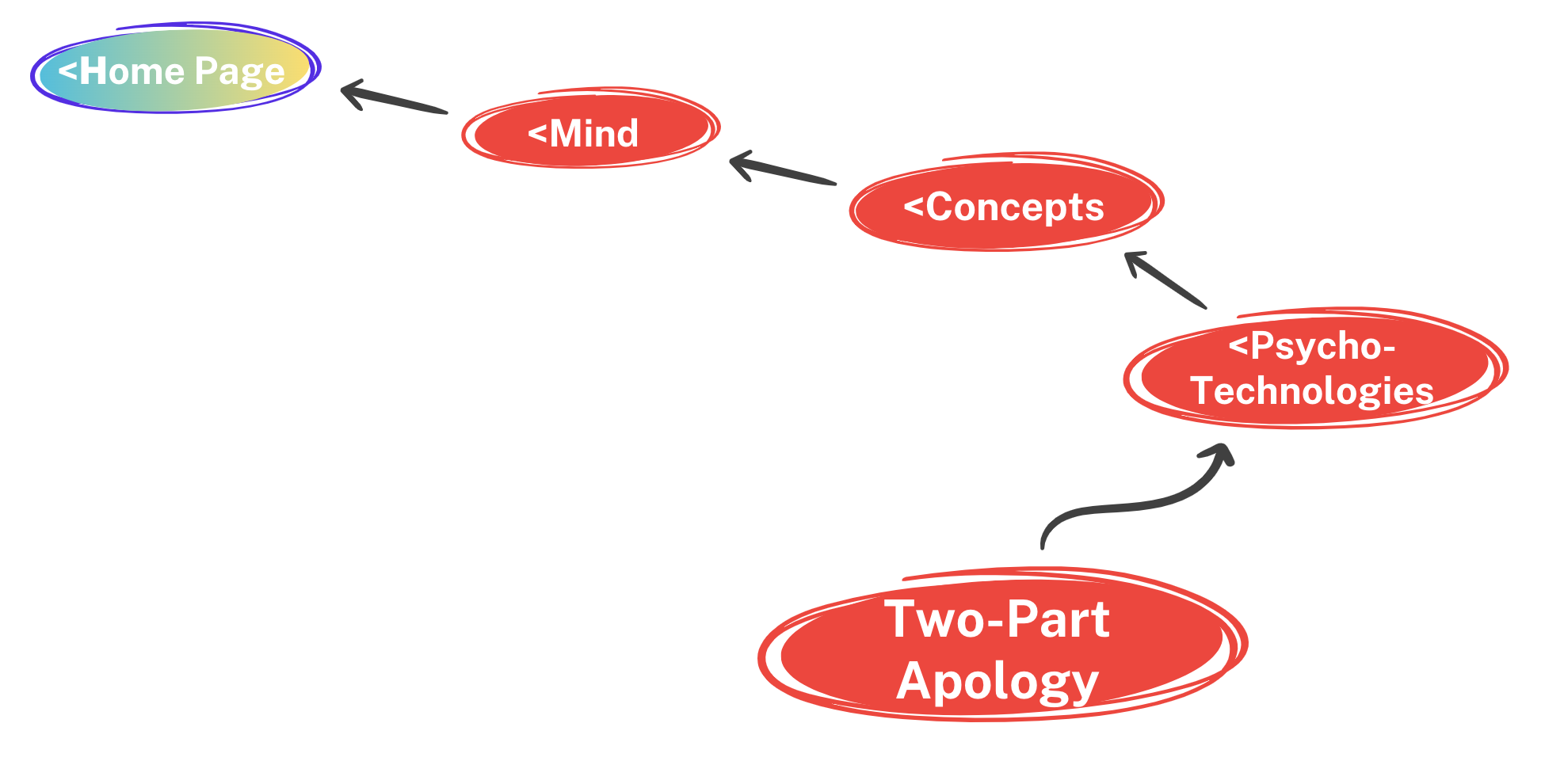

TWO-PART APOLOGY
All apologies have a giver and a receiver. The giver presents an apology. The art of giving an apology has two parts: (1) The expression of sincere regret and (2) the declaration of solution. The first part, the expression of sincere regret, is the more common aspect of an apology. An example is, “I am sorry for being late.” In delivering the first part of the apology, sincerity must be obvious. The second part, the declaration of solution, plays a more significant role. It helps us be more accountable in making improvements. Using the same example, we add, “I promise to be on time in the future.” By stating a real solution, we put attention on the exact strategy necessary for success.
We weaken an apology by adding a reason or excuse. The two-part apology does not come with any explanation. It comes with a solution. Giving an apology does not mean we also give our side of the story. If we are late, for example, we refrain from sharing any understanding as to why. If we add other “facts,” we weaken our level of accountability. The full purpose of the two-part apology is 1) to voice a regret and 2) to declare a solution.
The actions following a two-part apology are most important. Without congruency between words and action, the words of a two-part apology are hollow and meaningless. The entire point of the second part is to be the solution. You make a vow to be the solution. Your two-part apology gives you the opportunity to demonstrate your sincerity by actually being the solution.